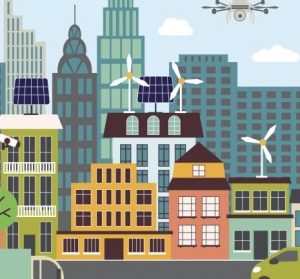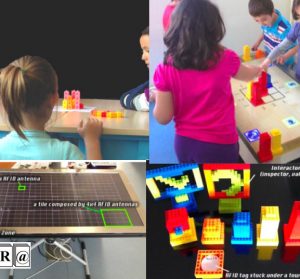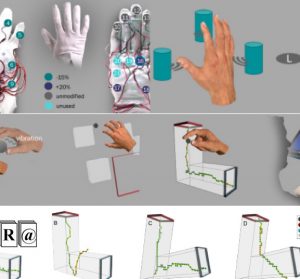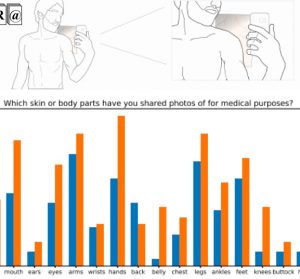Extending Automated Usability Evaluation Tools for Multimodal Input
Abstract In this work the following three basic research questions are discussed: (1) can significant effects of modality efficiency and input performance on the selection of input modalities in multimodal […]
Extending Automated Usability Evaluation Tools for Multimodal Input Read More »
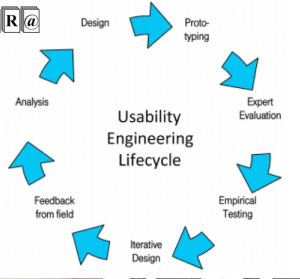
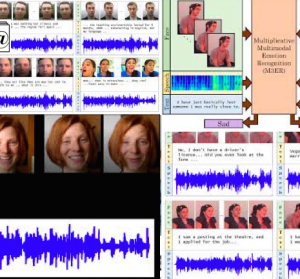
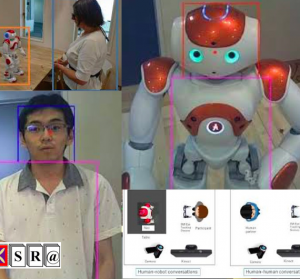
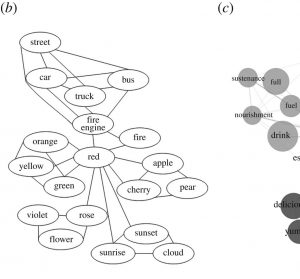

![Coordination between control layer AI and on-board AI in optical transport networks [Invited]](https://ksra.fr/wp-content/uploads/2020/08/Artificial-Superintelligence-In-Control-300x279.jpg)
